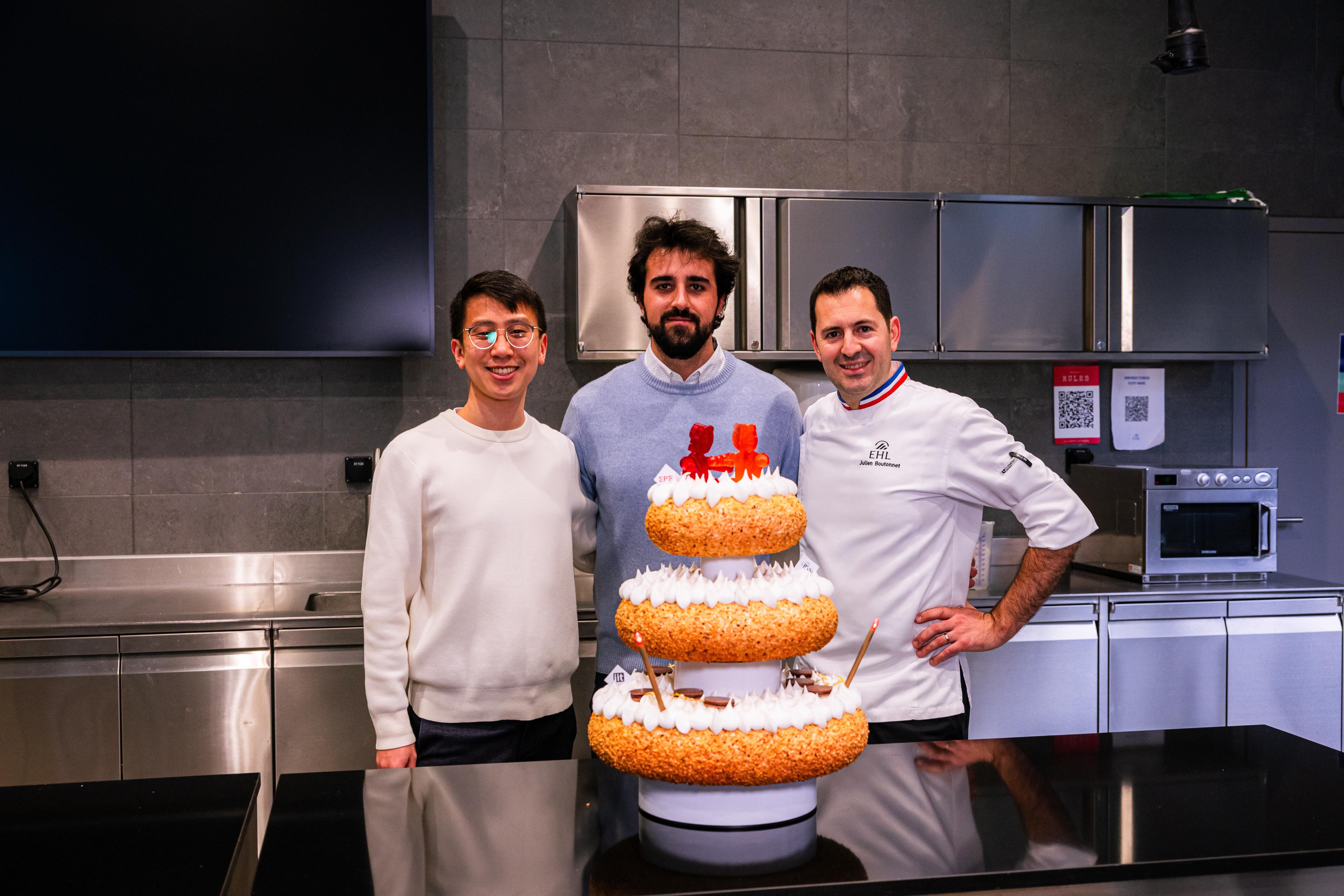A Robot That Can Be Eaten? Yes, You Read That Right: It’s RoboCake!
When we think of robots, the first thing that comes to mind is certainly not eating them: yet a completely edible robotic cake has been created that tastes like pomegranate and chocolate.
;Resize,width=742;)
A robot, which is also a cake, that you can eat: RoboCake was presented at Expo 2025 Osaka and exhibited in the Swiss Pavilion. Developed by researchers from the Italian Institute of Technology and the Swiss Federal Institute of Technology in Lausanne, together with pastry chefs and food scientists from the École hôtelière de Lausanne (Switzerland), it was born as part of the RoboFood project, it has two robotic gummy bears and LED candles powered by edible batteries.
How Does It Work? And What Does it Taste Like?
RoboCake looks like a wedding cake where on top, instead of the more classic figurines of husband and wife, there are two gummy bears, made of gelatin, syrup and coloring and fed through a precise path in which air is injected that makes the head and arms move. And that's not the only surprising feature: the cake has two candles that light up thanks to the use of rechargeable batteries, also completely edible and made with vitamin B2, quercetin, activated carbon and a touch of chocolate.
And what about the taste? The teddy bears are very reminiscent of the much-loved pomegranate gummy candies, while for the batteries, “The first flavor you perceive when you eat them is dark chocolate, followed by a surprising acidic touch for a few seconds, due to the edible electrolyte inside” explains Valerio Galli, a PhD student at IIT.
Where Does it Come From? The RoboFood Project
RoboCake was born within the RoboFood project, funded by the European Union and coordinated by the Swiss Federal Institute of Technology in Lausanne (EPFL), which brings together scientists from the IIT but also from the University of Bristol (UK) and the University of Wageningen (Netherlands). The main objective is to unite robotics with gastronomy: two worlds that are almost totally opposed but that can actually give rise to truly surprising projects. “Edible robots could be used to deliver food to risk areas, innovatively administer drugs to people who have difficulty swallowing or to animals, or even to monitor food and its freshness using sensors that can be eaten” according to the words of Dario Floreano, head of the Intelligent Systems Laboratory at EPFL and coordinator of the RoboFood project. The creation of edible batteries, like those used to power candles, for example, could be a potential solution to the problem of electronic waste, which reaches up to 40 million tons per year.
;Resize,width=767;)

;Resize,width=712;)

